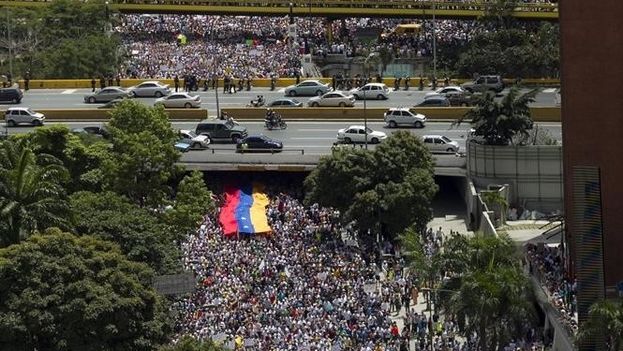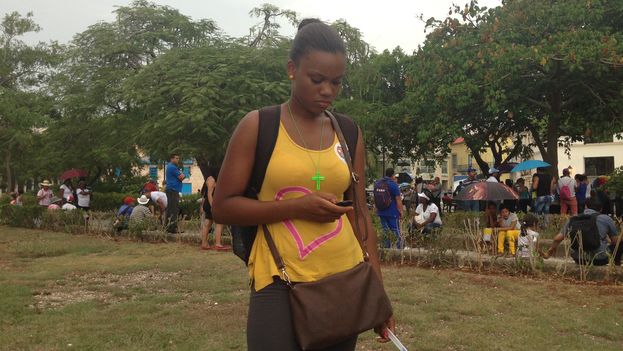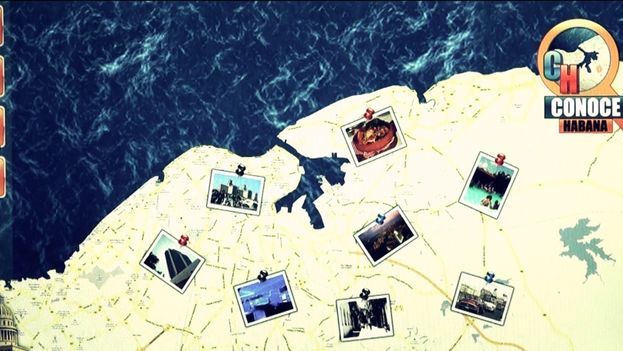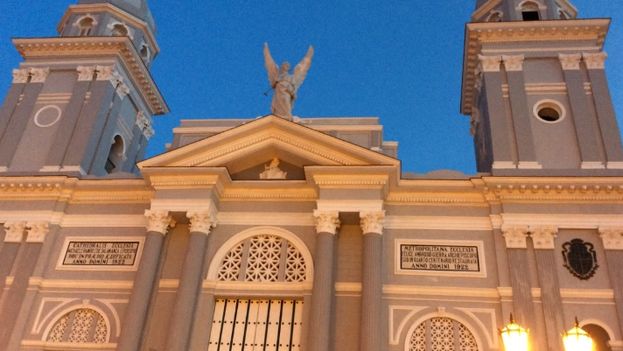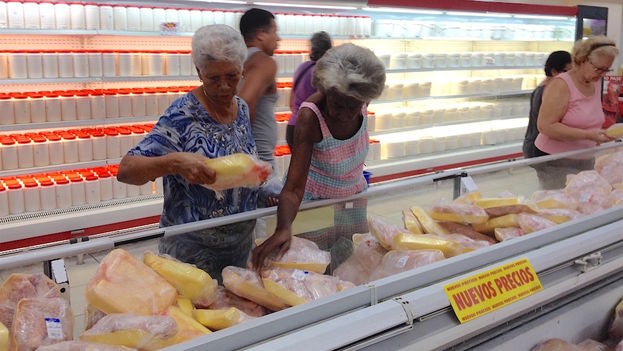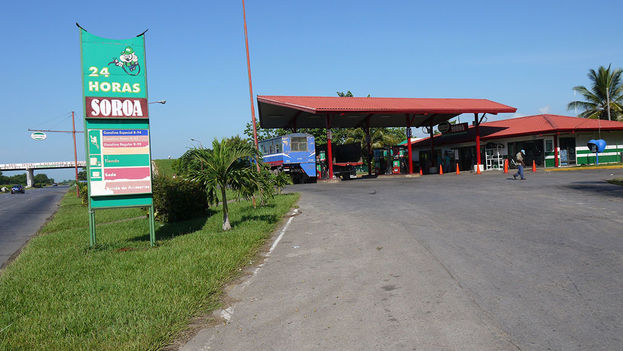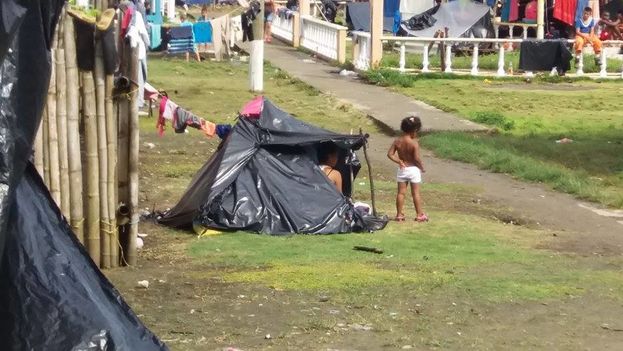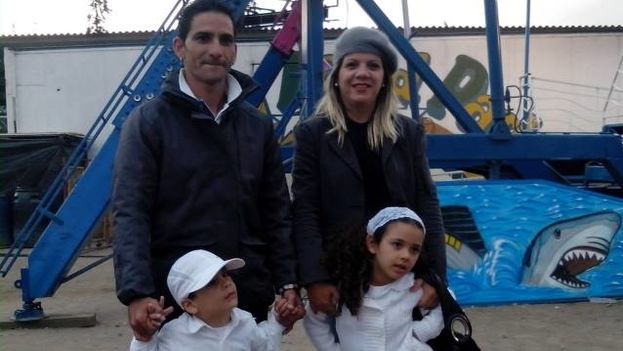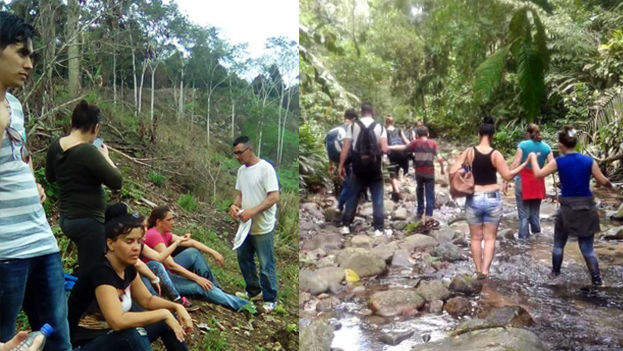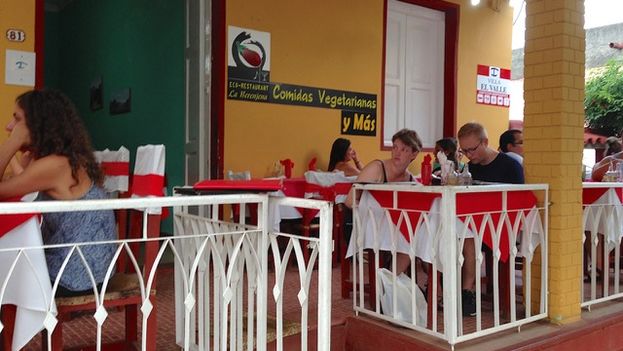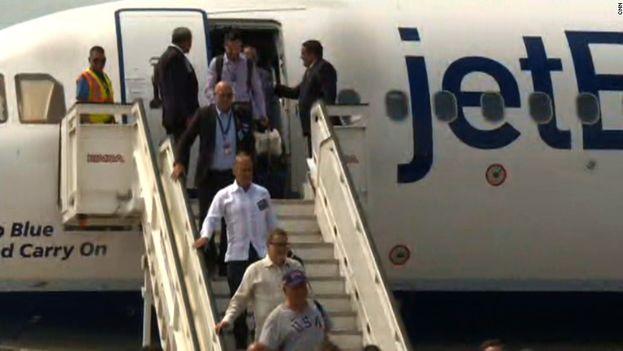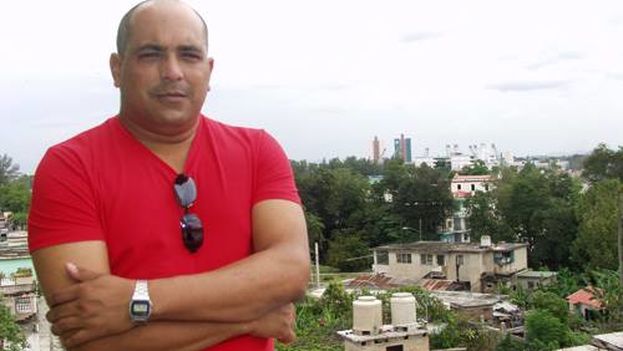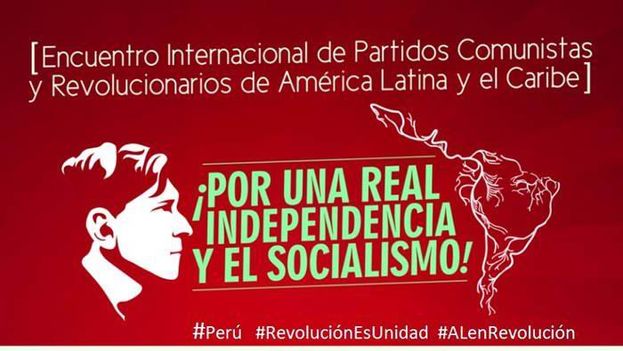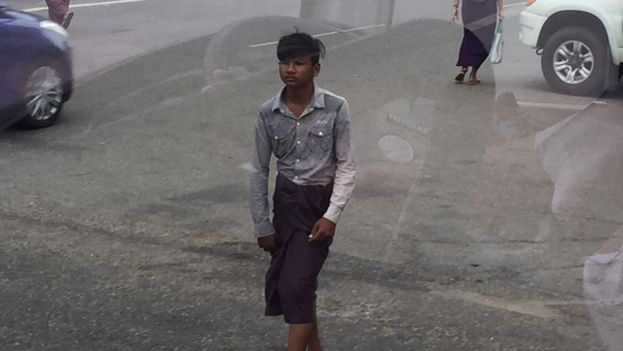
![]() 14ymedio, Eliecer Avila, Yangon, Myanmar, 2 September 2016 — During his visit to Cuba, US President Barack Obama mentioned the changes in Burma (now Myanmar) as an example of the most recent democratic transition from a fierce military dictatorship that lasted over half a century.
14ymedio, Eliecer Avila, Yangon, Myanmar, 2 September 2016 — During his visit to Cuba, US President Barack Obama mentioned the changes in Burma (now Myanmar) as an example of the most recent democratic transition from a fierce military dictatorship that lasted over half a century.
Since then, the idea of an exchange between the opposition and Cuban civil society and their counterparts in Myanmar was developed. Today this political and cultural contact is a reality full of very valuable lessons that can only be appreciated by seeing how changes take place and are managed in real time, the interactions between contending forces and their interests, the pros and cons, the alliances and the ruptures, the shared joys and disappointments of a frustrating process, which many say, is just beginning. continue reading
From the air, the tremendous difference in infrastructure and development in Myanmar and, for example, its neighbor Thailand, is remarkable. It is like when you leave Miami and then fly over Cuba. It is clear that this country was left out of the democratic, educational and technological changes that catapulted the so-called Asian Tigers.
At a time when those countries focused on global integration with millions of young people ready to conquer the art of creating products and services on a grand scale, Myanmar’s military dictatorship chose total ostracism, shutting off the country like a strongbox to avoid any “foreign influence.” It always tried to keep the county semi-enslaved in the service of an army that, like an octopus, controlled the social, economic and spiritual life of this nation, located exactly on the other side of the world.
Going through immigration is somewhat tense because the military is not yet entirely accustomed to looking at tourists as ordinary people.
At the airport, going through immigration is somewhat tense because the military is not yet entirely accustomed to looking at tourists as ordinary people. To alleviate this problem they have thoroughly replaced all possible customs and immigration clerks, placing in these positions young people who are a lot more open and unprejudiced, and who even smile.
Myanmar currently receives just over a million tourists a year, an insignificant figure not only compared to its neighbors, but in proportion to its nearly 60 million inhabitants. This figure, however, is growing due to democratic changes, which in turn attract many investors.
Currency exchange offices accept the US dollar, the euro and the Singapore dollar, but in order to pay for anything in any one of these currencies, you have to be sure the bill is not the least bit wrinkled, because they won’t accept it. And don’t panic if you see people spitting out a red substance on the street. It is not blood, but rather a pigment that comes from a mix of herbs and is constantly chewed, as in Bolivia.
On the streets of Yangon there are no motorbikes. Here superstitions are very important even when making policy decisions. In a nearby country it happened that there was a wave of crime in which the criminals used motorbikes to move around and perpetuate attacks, so the military junta completely banned them in the capital “just in case.”
Myanmar currently receives just over a million tourists a year, an insignificant figure not only compared to its neighbors, but in proportion to its nearly 60 million inhabitants
In Myanmar men wear a kind of wide skirt that is adjusted through a knot just below the navel, without underwear. Women are often seen adjusting the typical costume that covers them from the ankles to the neck, an elegant garment emphasizing the sensuous curves of a perfect waist, as described by George Orwell in his novel Burmese Days.
They are as thin “as sticks” with shapely legs and smooth hair that falls in perfect shapes… no thanks to the gym or expensive treatments, but from a traditional diet based on vegetables, plus genetics and a life marked from childhood by hard work.
Incredibly decent and helpful, one and all, the citizens of Myanmar grab your heart with their extraordinary mixture of simplicity and nobility, probably a reflection of the basic teachings of Buddhism, among which one stands out in particular: “We must live to give love, not only to our friends, but also to our enemies.”
Although the country is an infinite melting pot of ethnicities and religions, Buddhism predominates as a belief, significantly influencing the moral base and value system that rules society. The presence of the monks and their temples (pagodas) is everywhere. You cannot touch the monks and much less can they touch a woman. They, however, can touch you at will.
The monks are greatly venerated and were the protagonists in several of the largest protests against the abuses of the military power and in support of changing the terrible economic situation of the country. The majority of these demonstrations were held in the late eighties and were called the Saffron Revolution, after the color of the monks’ clothing. Many of them were sent to prison and served long sentences as political prisoners.
In general, those who were young students in 1988 are called “Generation 88,” in memory of the heroic attitude that many of these boys, some of them mere children, assumed in defense of their country and their rights, paying a high cost in innocent lives at the hands of the armed forces.
That sacrifice laid the foundation for the process that is happening today in the country, overthrowing for the first time the one-party military rule in that year. There then emerged 235 political parties, which were more or less consolidated into 91 ahead of the 1990 elections, the first competitive elections since 1948.
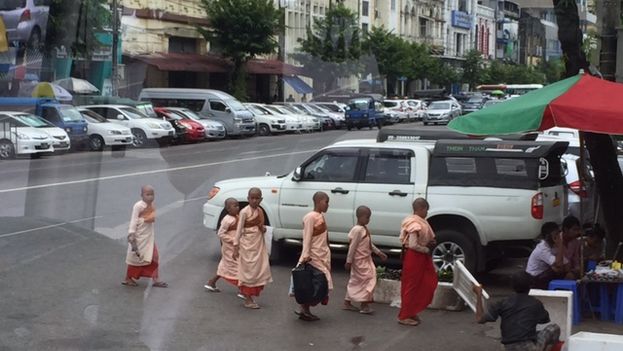
The National League for Democracy (LND), which already had more than three million members (of which, one million are women), swept the elections getting a historic triumph that gave them the capacity to govern, but the defeated military didn’t go along, they broke the rules, ignored the election results and imprisoned the leaders of the winning party, among them its leader Aung San Suu Kyi.
With this coup, the military frustrated the aspirations of the whole nation for freedom and progress, but that would be temporary.
In 2011, after the release of Aung San and thousands of political prisoners, new elections were called, but several of the most influential parties chose not to participate, citing the obvious lack of confidence in the military and demanding a change in the Constitution to offer real guarantees to civil parties.
The constitution is the legal instrument that guarantees the supremacy of the military class, still today. The constitution establishes that 25% of the seats in parliament are reserved for the military, regardless of the results of the election. The trap closes completely with the provision, in addition, that the constitution can only be changed with more than 75% of the votes, so it is mathematically impossible to modify anything, no matter how small, without the consent of the military.
Not satisfied with this, the constitution gives the military permanent control of the country’s most important ministries: Borders, Armed Forces and the most strategic, Interior. This latter entity, in addition to the usual functions of controlling order, in Myanmar also controls all public administration, a great part of the economy, and also education. The decisions of the military in these institutions are virtually autonomous and unquestionable.
For these reasons, although the country is very happy with the second victory of the NLD in 2015 and the rise to power of Aung San, many believe that as long as the military holds on to all that power they will not have a true democracy.
It is mathematically impossible to modify anything, no matter how small, without the consent of the military.
Aung San and her party assumed from the beginning a conciliatory attitude, trying to reach agreements with the military leadership that will directly benefit citizens, and working so that the country can begin to emerge from its deep poverty, making it easier and offering guarantees for both foreign investment and internal trade.
These negotiations have been possible in part because the current top leader of the military and Aung San have a certain personal empathy and have maintained a constructive dialogue. This aspect was strongly criticized by other political parties and many civil society organizations, who demand clarifications and that the military take responsibility for its crimes, as well as the release of political prisoners who remain in jail.
Many of these prisoners were sanctioned for “resistance” against attempts of certain members of military or their associates to take away all or part of their land.
Beyond these issues, thorny and inconclusive, there are hundreds of examples of positive transformations that quickly began to empower people, especially young people. In 2012, a SIM card for a cellphone cost about $1,000. Today you can buy one for just $1.50 and it provides completely free access to the internet, creating overnight more than 10 million internet users ravenously exploring the web, creating new ways to organize and discuss issues that previously didn’t exist. In Myanmar, as in Cuba, meeting with others without permission from the military junta was prohibited.
Another important change was to eliminate the tax demanded by the military of 100% on the purchase value from anyone who acquired a vehicle. This was reduced to between 3% and 5%, which has facilitated the importation of millions of light trucks and buses for public transport. This measure represents an accelerator for the growing economy that is trying to flourish, but which in turn poses great challenges of infrastructure, because at certain times the city collapses in traffic jams of a size never expected or imagined.
Impressive and positive is also the great work being done in the country through hundreds of supportive organizations and NGOs
Impressive and positive is also the great work being done in the country through hundreds of supportive organizations and NGOs which, along with the new authorities, are contributing their experience on issues of all kinds: entrepreneurship, agriculture, digital commerce, the broad-based development of women, political participation, mediation in ethnic conflicts, issues of sexual orientation and gender identity, water purification and conservation, etc., through training in systems provided not only in the capital but in the most remote villages of the 14 states that make up the vast territory of the country.
All this cooperation has also contributed to statistical studies, surveys and research to bring to light for the first time in history the true picture of the country in very sensitive areas such as human trafficking, the sex trade of children, drugs, discrimination, recruitment of children by ethnic guerrillas, etc., so that from this information the state can implement programs and make decisions to improve the situation.
The media, now much more free, foster discussions of all these issues and put pressure on the authorities from their platforms, both physical and digital. The young people working on a Yangon newspaper talk about the official media after the change, saying “nobody recognizes them,” because “they changed their stale and censored discourse for another kind of more dynamic journalism, objective and real; they are now becoming real competitors for us.”
This shows that journalism’s heart was always beating, but it was subjugated by a regime that annulled it and appeared more before the people.
The young Burmese man who acted as my translator said, “For me, the most important thing is that people are no longer afraid, they laugh now, before they were serious, now they dream of work and prosperity; before, most young people regretted being born here… For myself, I’m not going anywhere now!”

